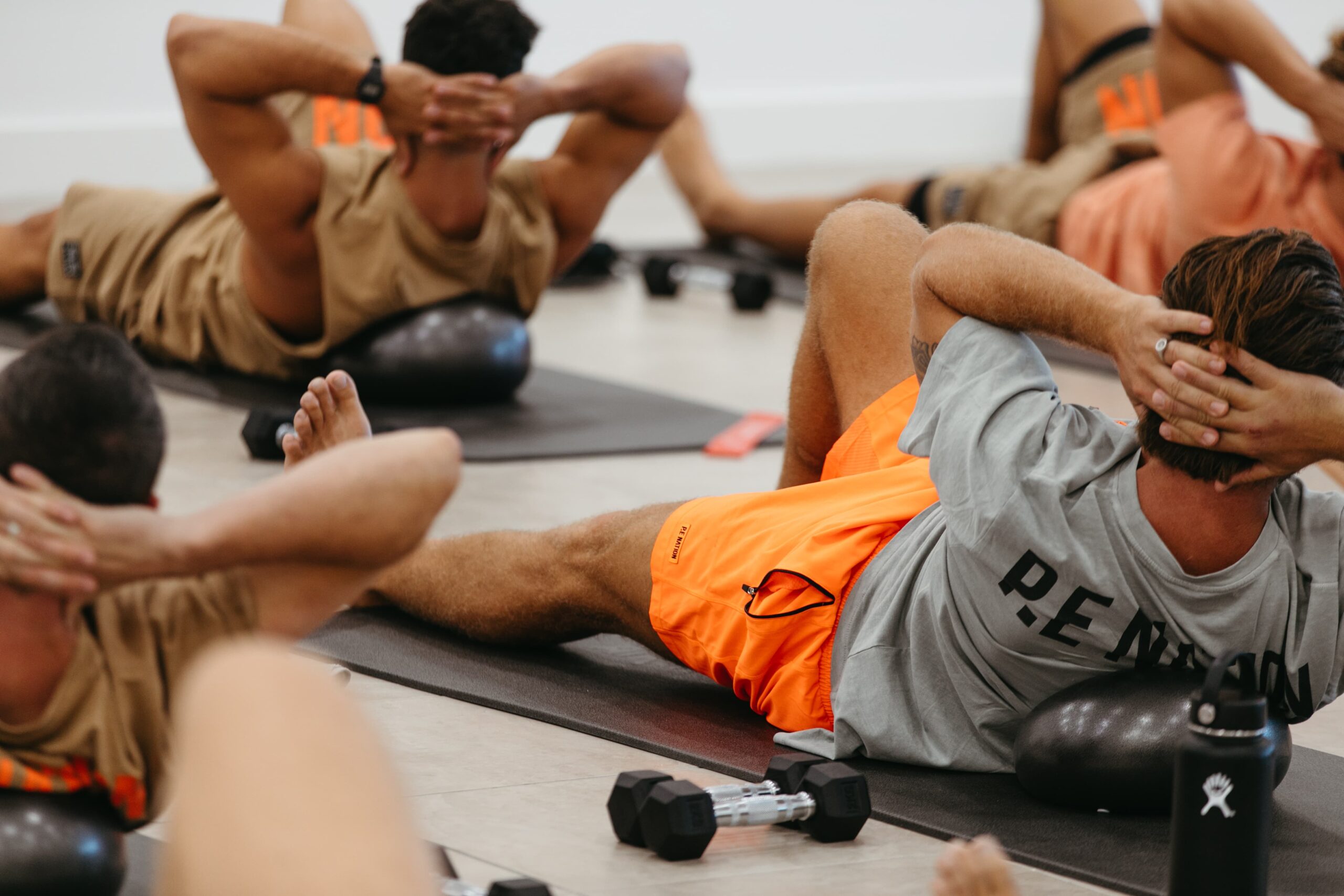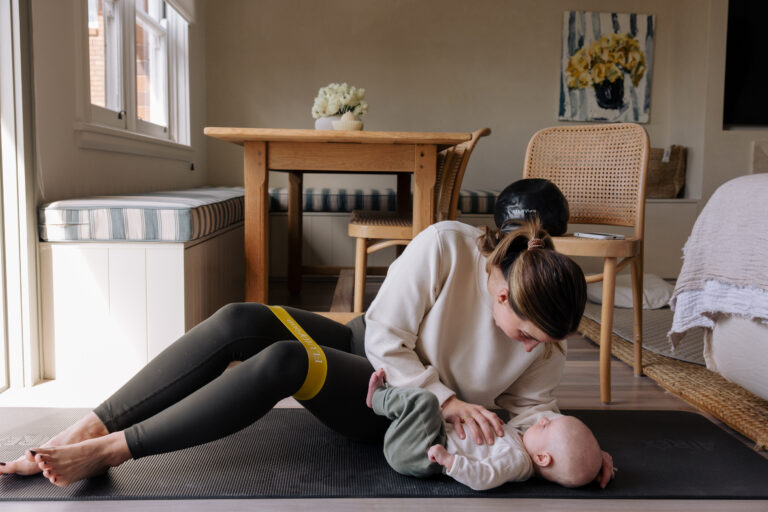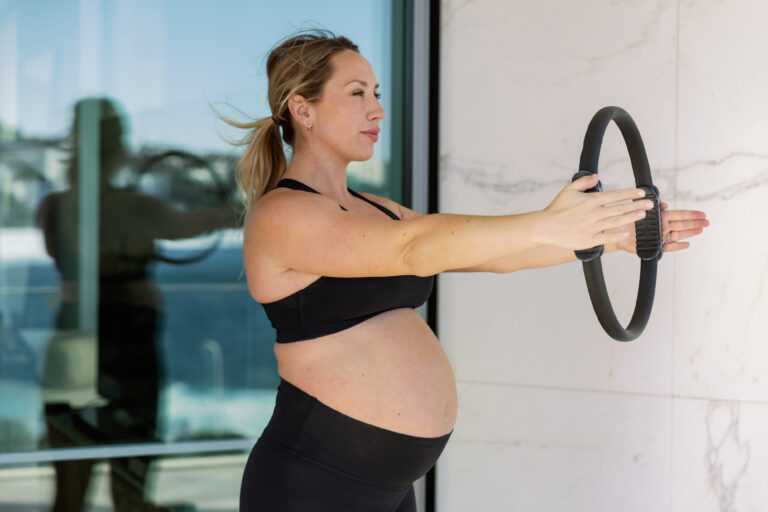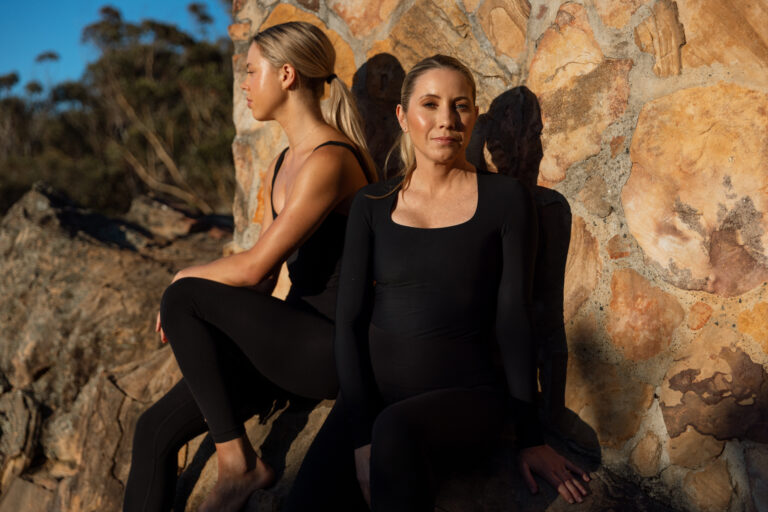Did you know?
Pilates was created by a man, for men. Invented in the 1920’s by Joseph Pilates, who believed that lifestyle, bad posture and inefficient breathing was the cause of poor health. Pilates was first used to help rehabilitate injured German soldiers during WWI. Joseph Pilates methods were based on functional movements to improve posture, breathing and strength, based on his training in gymnastics, martial arts, bodybuilding and boxing. With a vast popularity amongst women, a stigma has formed around Pilates as a gender specific exercise, with a perception that all you do is lie flat on a mat and breathe.
Pilates for men.
In our studios, with men we commonly see inflexibility, tightness through the shoulders, ribcage, spine, hips and hamstrings, and limited mobility and range of motion. We see strength in global muscle groups and large compound movements, and weaknesses through the smaller stabilising muscles and difficulty controlling small, isolated movements. This is due to the type of training men typically endure, any heavy lifting, intense weight training and cardio.
So, how can Pilates help?
Pilates holds many benefits, for men. 100 bicep curls may sound impressive, but there are over 600 other muscles in your body that need attention. Some of our muscles are stronger than others and a big part of Pilates is finding those neglected muscles. Pilates is a way of developing these neglected muscle groups, balancing our muscles, mobilising the spine and joints, and improving our posture. Often neglected by other forms of training – Pilates focuses on the deeper muscle groups known as slow twitch fibres responsible for supporting the body and helping to correctly activate and support those larger muscles also known as fast twitch fibres. The improvement of slow twitch fibres ensures that the fast twitch fibres can work harder for longer and also help aid the recovery of the fast twitch fibres. Pilates builds strength and improves flexibility across the entire body – both necessary for ease of movement. Postural imbalances are formed from sustaining unnatural positions for prolonged periods of time (commonly sitting too long at your desk), in turn leading to pain and discomfort. Pilates focuses on correcting these imbalances, restoring optimum mobility, and alleviating pain. Pilates works to drive power from the core to stabilise the trunk and protect the back, providing a strong foundation for strength and resistance training. Through Pilates, we are able to correct our posture and breathing, allowing us to hold ourselves properly, move and train more efficiently.
Pilates for sporting performance.
Professional athletes incorporate Pilates into their training regimes to help maintain their body shape for optimum performance. Pilates provides power and stability from the core, enabling quick direction changes and superb control – heightening performance.
Competing at high levels takes a huge toll on the body, so combining low impact and less stressful workouts helps to improve coordination, balance, functional strength, and power, correct muscular imbalances, and a sense of self-awareness.
For example…
- LeBron James uses Pilates to increase his functional strength and power, and helps him with the mind-body connection, enhancing body awareness, concentration, and focus.
- Tiger Woods claims Pilates helps him to deliver speed, strength and stability in his core, a crucial factor for smooth rotation in his swing.
- David Beckham maintained a supple and injury free body for 20 years as a world-class footballer. He used Pilates to help him make England’s World Cup team at the age of 35, competing against younger and faster players.
- New Zealand All Blacks found Pilates helped them to maintain fitness, improving stability and avoiding injury during the rugby season.
- Eamon Sullivan used Pilates to increase his range of motion, flexibility, breathing and balance in his swimming.
- Andy Murray used Pilates to help recover from back surgery and found that it helped build his core strength and stability making his movements on the Tennis court more efficient.
- Cyclists use Pilates to draw their shoulders back, open through their chest and lengthen out the hips and hamstrings.
- Running (cardio) is great for building cardio fitness, Pilates helps runners to improve core strength and stability to prevent injuries (commonly Patellofemoral pain syndrome) and help with recovery.
Weight training.
Weight training and gym training can often cause muscle imbalances, which Pilates can help to resolve. Men typically weight train with a focus on specific parts of the body – think leg day, upper body. This type of training works in concentric contraction (muscle shortens as it overcomes a weight or force) creating that ‘bulk’ and ‘muscle-y’ aesthetic. Pilates works the opposite, focusing on eccentric contractions (muscle lengthens as it resists force) to work those deeper, stabilising muscles. A strong core will improve posture, eliminate back pain, and allow you to lift heavier and hold positions for longer. Pilates supplements weight training – building a strong foundation so that your weaknesses don’t get in the way of heavy compound lifts.
Flexibility and injury prevention.
For many of us, and particularly men, stretching is a low priority. However, poor flexibility and tightness is a major cause of muscular pain and injury. Improved flexibility not only enhances performance but makes every movement in your day-to-day life feel more comfortable. Men often neglect training glutes in isolation, despite playing such an important functional role. When our glutes are weak, other muscles such as hip flexors, quads and ITB can become overactive – in turn affecting our posture, causing knee and back pain, and increasing the risk of injury in muscles being overworked. Through resistance training and movement, Pilates effectively supports and strengthens weaknesses and imbalances that have developed over years of neglect.
Pelvic floor health and sexual confidence.
The activation of deep core muscles during Pilates exercises are not only associated with lowering the risk of prostate cancer, but significantly effective in preventing urinary leakage and erectile dysfunction. By strengthening the pelvic floor muscles, men gain greater control allowing them to last longer during intercourse, creating better sensation and maximising sexual fulfilment.
Mental clarity.
Practicing breath-work and slow, controlled movements allows time to think, reflect and set goals to achieve. This ripples into other aspects of life beyond exercise, improving mental clarity, self-awareness, and motivation. The release of endorphins (happy hormones) during Pilates leaves you feeling mentally refreshed, improving your concentration and self-control. Further to this, breath-work helps to aid relaxation and calmness.
Pilates has become integral to the exercise routines of men worldwide, from athletes including David Beckham and Cristiano Ronaldo (football), LeBron James (NBA), Tiger Woods (golf) and Andy Murray (tennis) to actors including Hugh Grant and Robert Downey Jr. Fundamental to the training programme of NRL teams South Sydney Rabbitohs, Newcastle Knights and Sydney Roosters, along with Rugby Union team New Zealand All Blacks, the benefits of Pilates for men is no secret.
Pilates was created by a man, for men.




